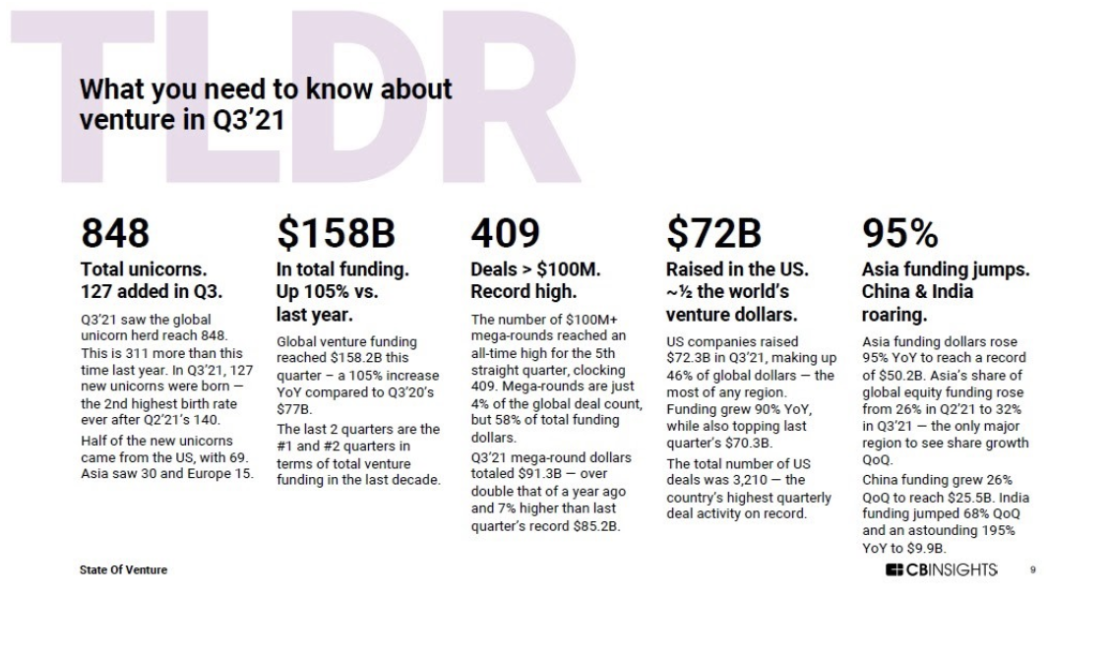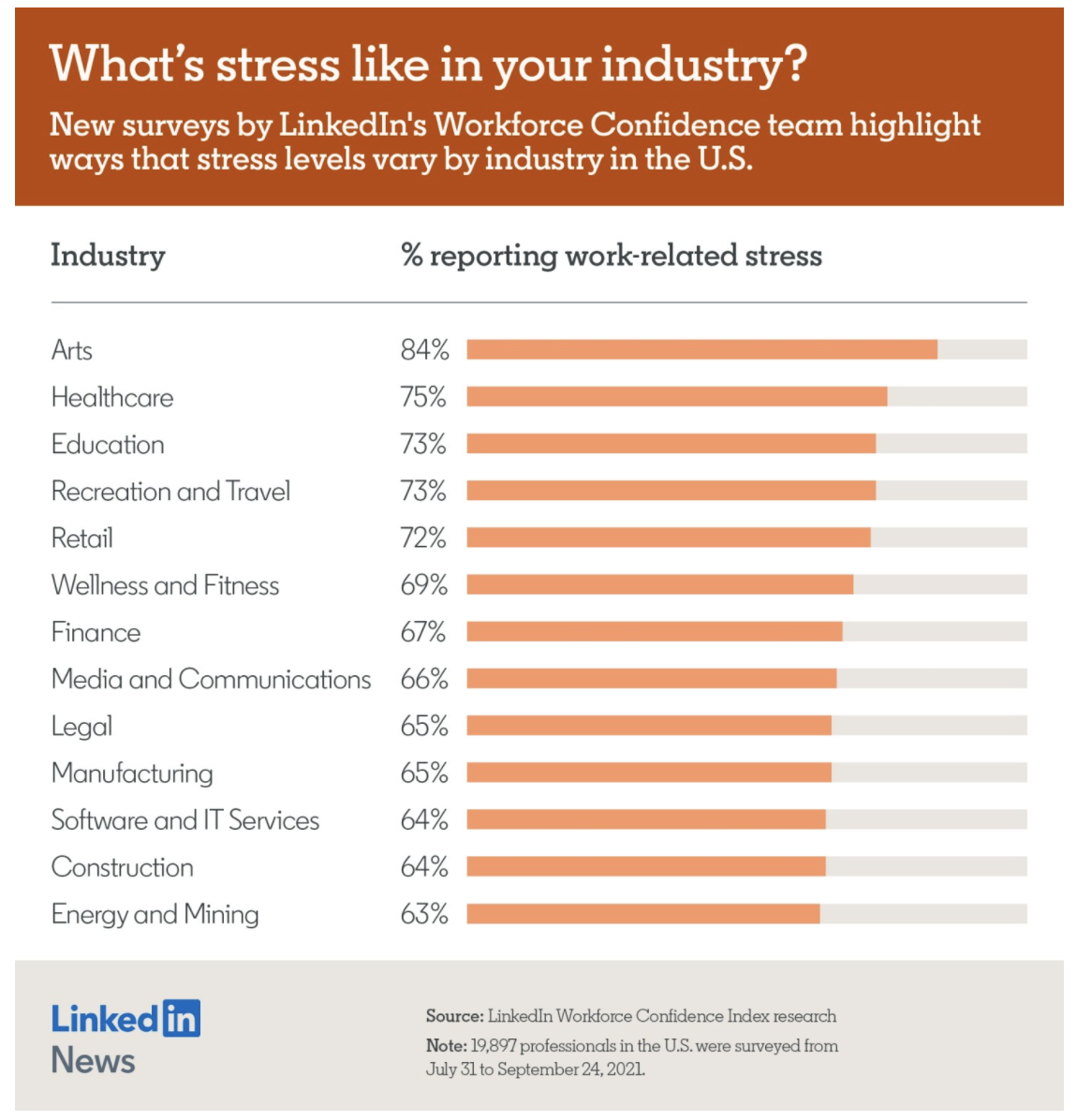
For some time, I’ve been looking for one “source” that curates modern takes on HR Tech, perspectives from the people who build it, and its impact on enterprise — something that’s tailor-made by professionals for decision-makers.
I never found it — so I decided to build it.
Every week, I’ll be sharing fresh insights on tech platforms, design, data, and the future of work — straight to your inbox.
My Thoughts
Season 3 of the HBO dramedy Succession premiered this week. The show follows the trials and tribulations of the Roy family, owners of Waystar RoyCo, a global entertainment and media conglomerate. Throughout the series, we watch the family fight tooth and nail for control of the company as the health of patriarch Logan Roy deteriorates.
Onscreen, in a perfectly controlled narrative, watching the succession of this fictional company go off the rails is incredibly entertaining. But the same cannot be said for real life, when an organization and its people are at stake. Our job as leaders is to provide guidance and security in times of change, and that requires foresight, data, and lots of planning. So I’m curious to know — if you were building Waystar RoyCo’s succession plan, who would you choose?
Market Moves
This week, CBInsights released their State of Venture report for Q3 of 2021. It’s no melodrama, but those who appreciate the regular Market Moves updates are sure to find it riveting. Global venture capital investing has continued to reach new heights after record-breaking numbers in Q2, up 105% year-over-year this quarter. The report, which you can download for free here, also walks you through the whos, whats, and wheres of VC fund dispersal globally and amongst industries. The report is lengthy; thankfully, though, CBInsights also created a fantastic tl;dr (too long; didn’t read) to make sure you can stay up to date if you’re pressed for time:

Tech Innovation at Work
Arguably the most powerful executive on the internet, Sundar Pichai, CEO of Alphabet called for increased federal action in the technology sector, specifically recommending advocating for new regulations, investments in AI & cybersecurity, and greater focus on domestic manufacturing. 😮 Citing growing concerns of recent cyberattacks and China’s announcement of an aggressive AI investment plan, Pichai said in an interview at the Wall Street Journal’s Tech Live conference that public-private partnerships 🤝 could provide support for modern federal initiatives needed to ensure the US and its citizens’ privacy are secure. 🔒 “All of us are benefiting from foundational investments,” Pichai said, referring to Cold War-era investments the US government made in the then-infantile tech industry. Pichai’s statements represented a very recent divergence from Silicon Valley’s former disapproval of government intervention. 🏛️ Now, Alphabet’s CEO has publicly joined the ranks of Apple and Facebook in pushing for more comprehensive regulations of the worldwide web.
An acute lack of cloud-savvy engineers ☁️👨💻 is keeping companies large and small from reaching the cloud. (Yes — technically, this is the opposite of tech innovation. But where else should I feature this story?) 2020 saw a 94% increase 📈 in cloud computing job postings compared to 2017, a number far beyond the 20% increase in all tech job postings, according to research firm Emsi. The bottleneck has led large companies to offer enhanced compensation packages ✉️ and even resort to poaching, spurring disputes over noncompete laws. Smaller companies without the resources to attract [pay] top talent are being forced to scale back cloud initiatives or train new hires before they are able to execute their duties. 😕 The result is a major blow to digital transformation efforts in a business world that needs such innovation to support the future of hybrid work. Fortunately, though, this crisis is not predicted to last forever. 😮💨 Organizations are hard at work training new cloud engineers. Growing online education companies like Coursera are seeing exponential growth in enrollment, and Amazon has committed $700 million dollars to train 29 million people worldwide for modern tech roles like cloud engineers. 🛠️ Check out the full story here.
Speaking of the cloud, Seattle startup Karat has been making waves 🌊 with what it calls the “Interviewing Cloud.” The company offers interviewing-as-a-service solutions for a variety of industries, including tech. Interviews are conducted via video chat 🙇🖥️👩💼 by Karat’s vetted interviewer team, who funnel qualified candidates to their clients. By outsourcing their hiring processes, companies can scale up ↗️ their recruitment efforts as well as allow their current tech teams to focus on work — both welcome remedies to assuage the impacts of the current tech talent shortage. The company recently earned Unicorn 🦄 status for its $1.1 billion dollar valuation last week and currently boasts Roblox, American Express, and Intuit as clients.

The Changing Workplace
As of this year, the total amount of women in the workforce is at its lowest point since 1988. 😰 Gender disparity in the workplace is not a new issue, and I imagine everyone reading this newsletter has participated in enough HR training sessions to understand the damage caused by issues like pay gaps and promotion disparities. However, the pandemic has exposed a desperate need for workplace culture reform for motherhood inequity. 🤰🏾 When schools in the early months of the pandemic, women left their jobs in droves to be the primary caregiver during the day and assist their children online learning. 🧑🏫 Now that schools are returning to in-person learning, we have the opportunity to bring back some of the 2.3 million women who have left the workforce over the past year and a half. But in order to do so, leaders need to revisit their policies to ensure they are conducive with a family-friendly work culture. 👪 Research from McKinsey demonstrates that “returnship” policies have helped organizations retain female talent after leaves of absence as well as contributed to higher levels of female representation in C-Suite positions. Companies can also implement “on-ramp programs,” where new mothers can return to work in a modified capacity as they learn to balance new responsibilities with their careers.
Harvard Business Review has released new recommendations for building a successful hybrid workplace based on research from Gensler indicating that 52% of US workers want the option to split their time between the office 🏢 and home 🏠. Among their advice, the topic I found most interesting was how to create an effective collaborative space. Contrary to popular opinion, collaboration cannot consist entirely of group work— effective brainstorming 🧠🌩️ and creative problem solving require the opportunity for individuals to process ideas alone, lest your team fall victim to group think. This has two implications. 1.) Maximizing in-office days does not mean a team is working together the entire time. Even though there is less time spent together, employees still need opportunities for solitude throughout the day. 2.) hybrid office models must support this reality, and therefore cannot be entirely open concept. Check out the full article for HBR’s other recommendations.
Talent management organization Beamery published their 2021 white paper, The Missing Link in Talent Transformation, which seeks to understand what technology initiatives organizations are prioritizing in order to achieve talent transformation goals. Right off the bat, their research found that many organizations consider the term 💫transformation 💫 to be more of a buzz word than an accurate representation of their objectives. 54% of the 414 US and UK-based talent leaders identified improving current recruiter efficiency and resource utilization as their top priority for the next two years — not necessarily performing a complete operational overhaul. The lowest ranked priority was, to my concern, improving recruiter experience. Recruiters are on the front line of talent discovery. 🕵️ We want them to be champions of our organization and that begins with ensuring their experience is one they want to share with others. Beamery’s research also includes AI and digital integration trends as well as perspectives from executive industry thought leaders. You can download the white paper for free here.
All About Data
Everyone is stressed. 😬 Over the course of two years, we’ve experienced a global pandemic, civil unrest, political uprisings, murder hornets, and even more that I’d prefer not to revisit. When it comes to careers, everyone is still stressed — just in different ways. This year’s LinkedIn Workforce Confidence survey breaks down the stress levels of each major industry. They also identify seven distinct stress profiles with specific attributes that range from “overwhelming but safe,” to “hectic but thriving.”

Check out the article to see which industries fall into which stress profile here.
Click here to subscribe to Exit Interview, a weekly email about tech platforms, design, data, and the future of work — straight to your inbox.

